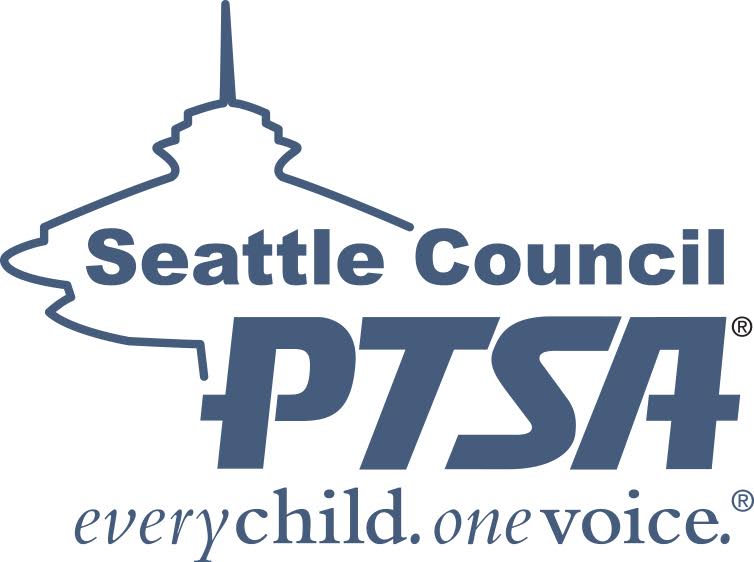SPS Funding FAQ
by SCPTSA Officers 2022-2023
What is the “rainy day” fund?
The “rainy day” fund – officially called the Economic Stabilization Account – is a requirement established by both accounting best practice and by School Board Policy (See Board Policy 6022). That policy requires SPS to maintain 3-5% of total actual general expenditures for the most recent school year to “help protect against unforeseen circumstances”.
How much is currently in the “rainy day” fund?
Approximately $39 million, which is about 4% of the total actual general fund expenditures for school year 2021-22 ($973,784,864).
What are ESSER funds (COVID money)?
ESSER stands for “Elementary and Secondary Schools Emergency Relief”. ESSER funds are part of a Federal rescue funding program intended to address the effects of the pandemic on public school systems across the United States.
The program was first established in the Federal Coronavirus Aid, Relief, and Economic Security (CARES) Act of 2020 (ESSER I), and supplemental allocations were made in January 2021 (ESSER II, via the Coronavirus Response & Relief Supplemental Appropriations Act) and December 2021 (ESSER III, via the American Rescue Plan (ARP) Act). Together, ESSER I, ESSER II and ESSER III make up what is generally
referred to as “ESSER funding”. You can find more information about ESSER II and III in the WA State
OSPI’s “Short Explainer” on the topic.
In total, Seattle has been allocated $145,154,890 in ESSER funding. As of May 2022, $89,943,677 of this funding had been spent. All remaining unspent ESSER funds must be obligated (committed to specific uses) by September 24, 2024. These funds will not be replaced or replicated after that date.
How can ESSER funds be used? What’s the procedure to change that?
The laws establishing ESSER funding set out allowable uses of those funds. The WA State Office of Superintendent of Public Instruction (OSPI) has provided guidance to districts on these uses (ESSER Funds: Allowable and Prohibited District Use). Allowable uses include things like:
Coordination of COVID-19 preparedness and response efforts.
Activities to address the needs of students experiencing poverty, students with disabilities, multilingual/English learners, students of color, students experiencing homelessness, and foster care youth.
Purchasing supplies to sanitize and clean school facilities and training staff on sanitization protocols.
Providing mental health services and supports.
Addressing learning loss among students.
Planning for and coordinating the delivery of instruction and services during remote learning.
What is a fiscal cliff?
A fiscal cliff occurs when an organization plans spending levels based on funding sources that are not ongoing. ESSER, for example, is a one-time funding increase, as the Federal government has not approved additional ESSER funding other than what has already been allocated to States and school districts. When a time-limited funding source disappears, spending commitments based on the
availability of those funds are no longer supported, a phenomenon described as a “fiscal cliff”.
What is a structural deficit?
Seattle Public Schools consistently funds a higher level of staffing than is reimbursed by the State under the Prototypical School Funding Model used for allocating State funding to school districts. In addition, the district’s ability to levy additional funding locally via property taxes is capped by State law at $3,000 per student. This situation creates a budget shortfall that will not be addressed by any expected revenues, also known as a structural deficit. This means that resources must be found inside the organization, usually from cuts in spending or the use of internal reserves, to cover the gap. The following table provides more information on the discrepancy between State funding and actual staffing:

